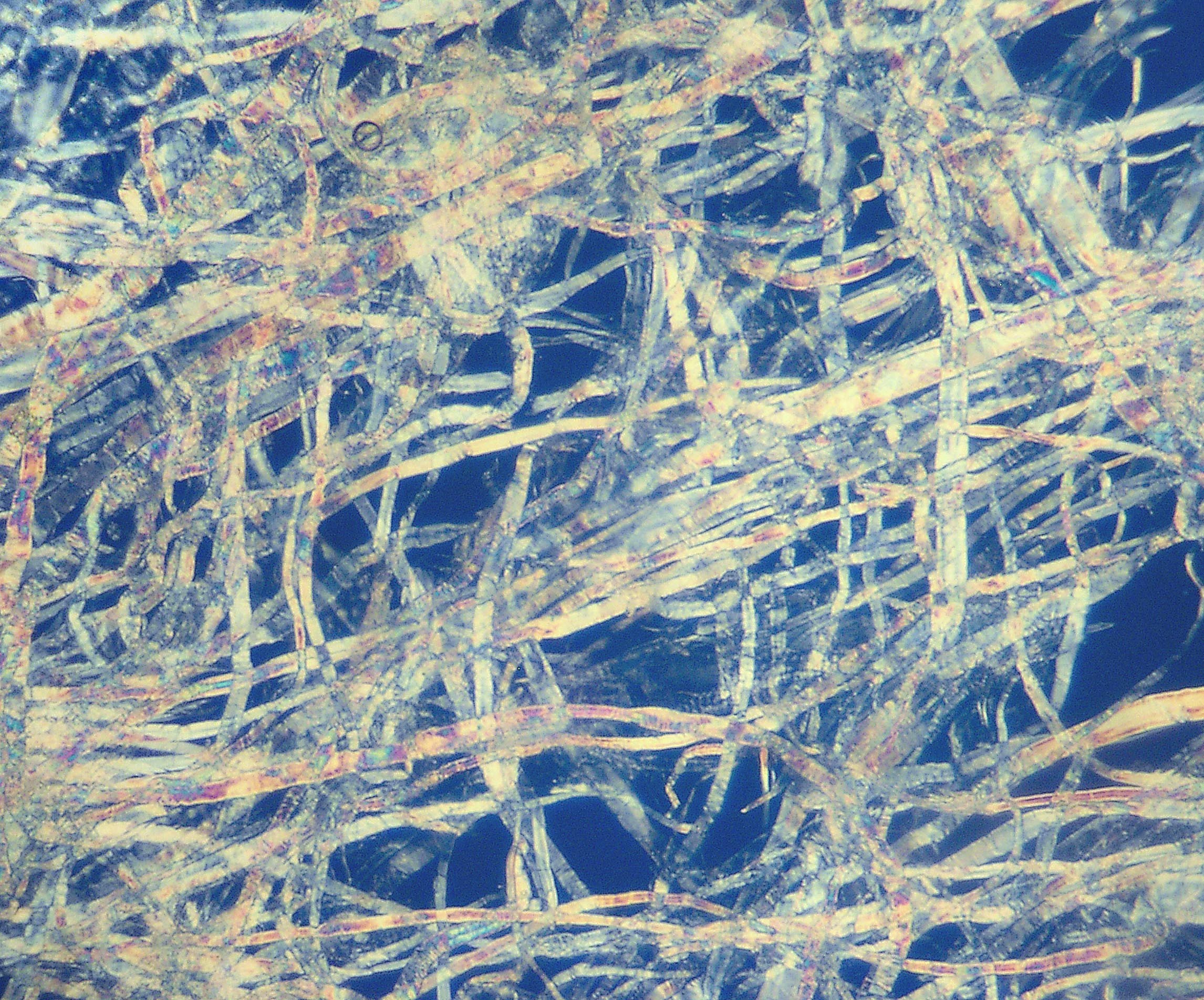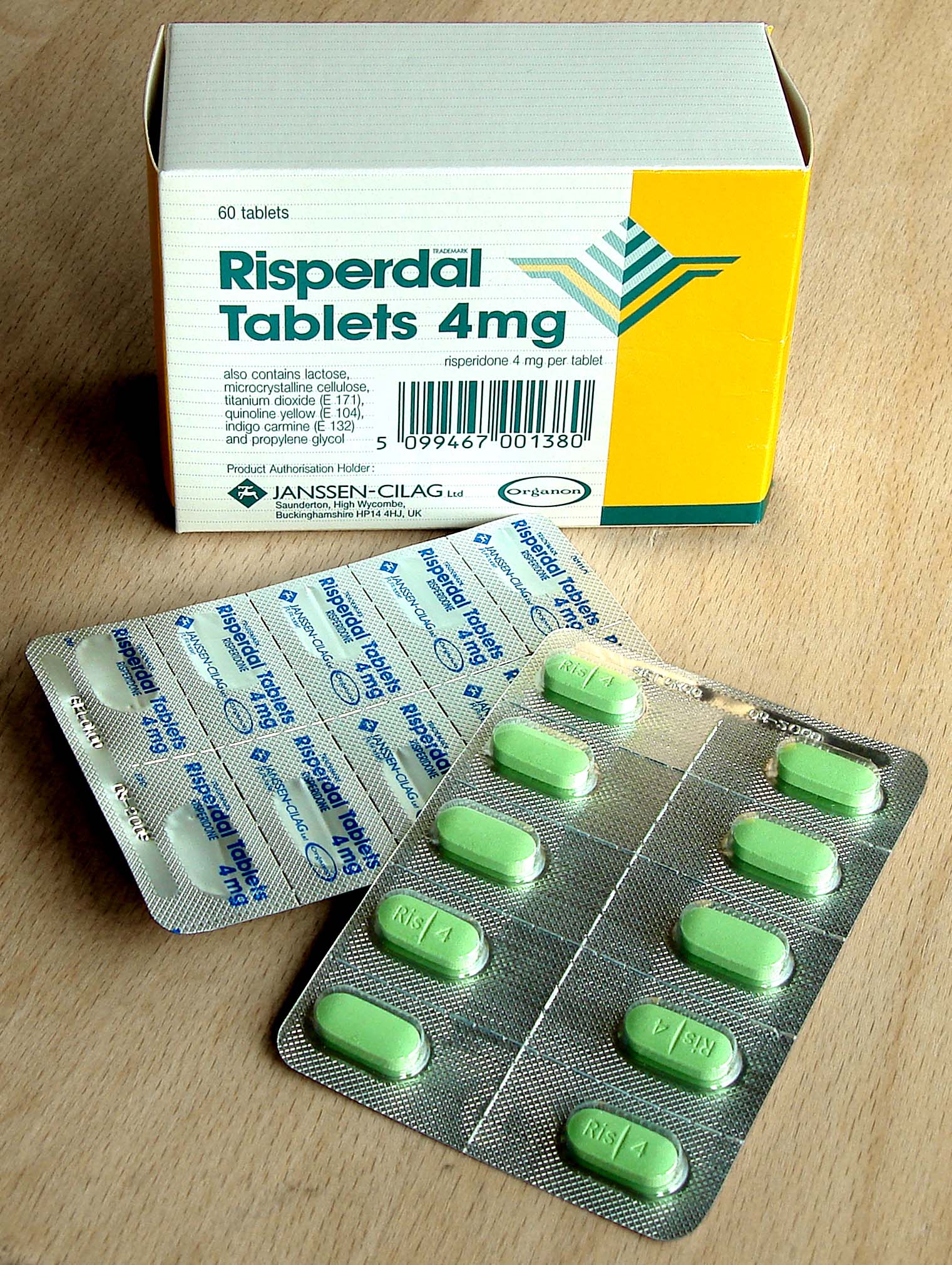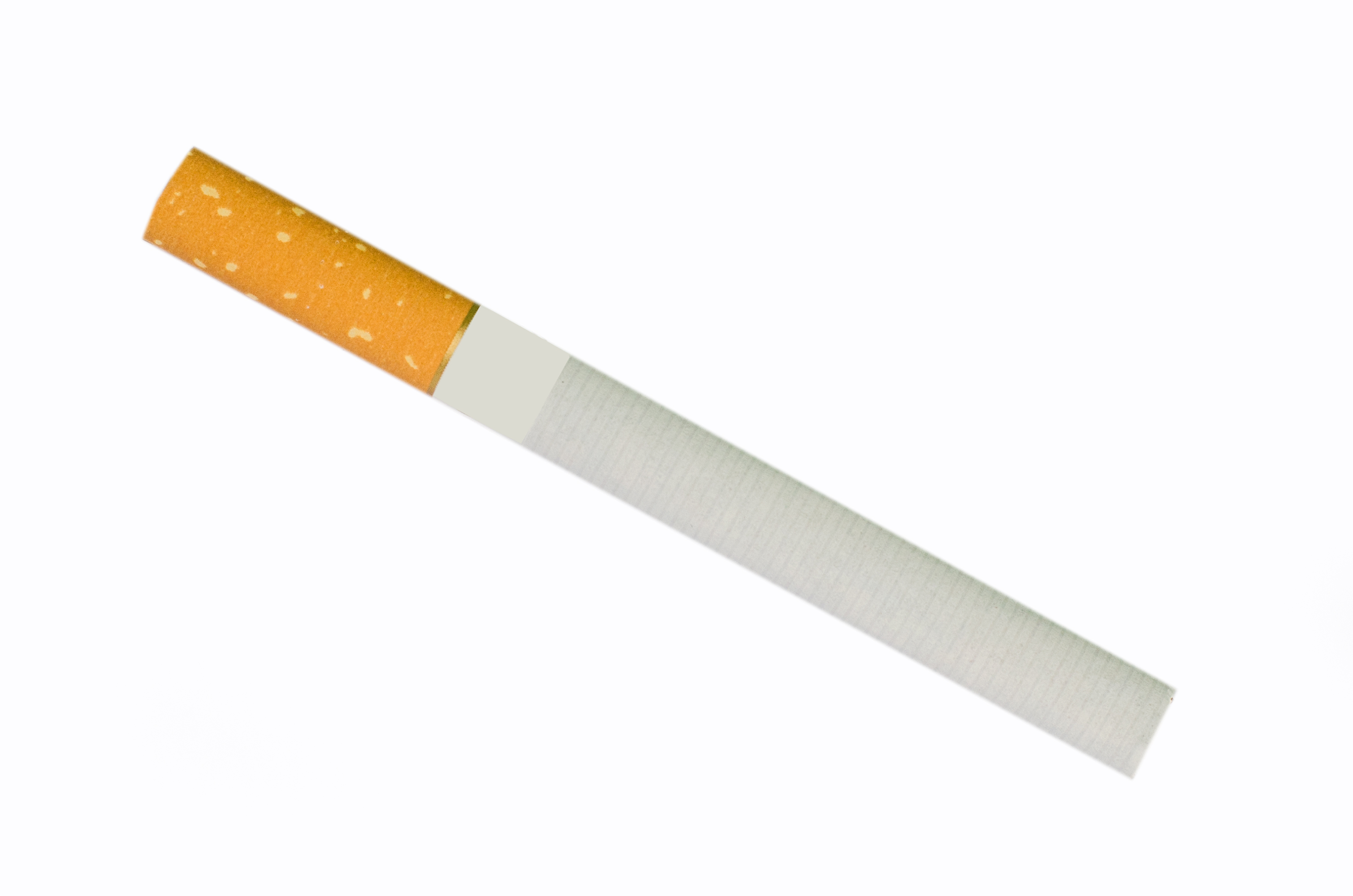|
Solid Bleached Board
Solid bleached board (SBB) or solid bleached sulphate (SBS) is a virgin fibre grade of paperboard. This grade is made purely from bleached chemical pulp and usually has a mineral or synthetic pigment coated top surface in one or more layers (C1S) and often also a coating on the reverse side (C2S). It is a medium density board with good printing properties for graphical and packaging end uses and is perfectly white both inside and out. It can easily be cut, creased, hot foil stamped and embossed. Its other properties, such as being hygienic and pure with no smell and taste, make it usable for packaging aroma and flavour sensitive products such as chocolate, cigarettes and cosmetics Cosmetics are substances that are intended for application to the body for cleansing, beautifying, promoting attractiveness, or altering appearance. They are mixtures of chemical compounds derived from either Natural product, natural source .... Solid Beached Board (SBB) and Solid Bleached S ... [...More Info...] [...Related Items...] OR: [Wikipedia] [Google] [Baidu] |
Paperboard
Paperboard is a thick paper-based material. While there is no rigid differentiation between paper and paperboard, paperboard is generally thicker (usually over 0.30 mm, 0.012 in, or 12 Inch#Equivalents, points) than paper and has certain superior attributes such as foldability and rigidity. According to International Organization for Standardization, ISO standards, paperboard is a paper with a grammage above 250 g/m2, but there are exceptions. Paperboard can be single- or multi-ply. Paperboard can be easily cut and formed, is lightweight, and because it is strong, is used in packaging. Another end-use is high quality graphic printing, such as book and magazine covers or postcards. Paperboard is also used in fine arts for creating sculptures. Sometimes it is referred to as ''cardboard'', which is a generic, lay term used to refer to any heavy pulp (paper), paper pulp–based board, however this usage is deprecated in the paper, printing, and packaging industries as it does not ade ... [...More Info...] [...Related Items...] OR: [Wikipedia] [Google] [Baidu] |
Chemical Pulp
Pulp is a fibrous lignocellulosic material prepared by chemically, semi-chemically, or mechanically isolating the cellulosic fibers of wood, fiber crops, waste paper, or rags. Mixed with water and other chemicals or plant-based additives, pulp is the major raw material used in papermaking and the industrial production of other paper products. History Before the widely acknowledged invention of papermaking by Cai Lun in China around AD 105, paper-like writing materials such as papyrus and amate were produced by ancient civilizations using plant materials which were largely unprocessed. Strips of bark or bast material were woven together, beaten into rough sheets, dried, and polished by hand. Pulp used in modern and traditional papermaking is distinguished by the process which produces a finer, more regular slurry of cellulose fibers which are pulled out of solution by a screen and dried to form sheets or rolls. The earliest paper produced in China consisted of bast fibe ... [...More Info...] [...Related Items...] OR: [Wikipedia] [Google] [Baidu] |
Pigment
A pigment is a powder used to add or alter color or change visual appearance. Pigments are completely or nearly solubility, insoluble and reactivity (chemistry), chemically unreactive in water or another medium; in contrast, dyes are colored substances which are soluble or go into solution at some stage in their use. Dyes are often organic compounds whereas pigments are often inorganic compound, inorganic. Pigments of prehistoric and historic value include ochre, charcoal, and lapis lazuli. Economic impact In 2006, around 7.4 million tons of inorganic chemistry, inorganic, organic chemistry, organic, and special pigments were marketed worldwide. According to an April 2018 report by ''Bloomberg Businessweek'', the estimated value of the pigment industry globally is $30 billion. The value of titanium dioxide – used to enhance the white brightness of many products – was placed at $13.2 billion per year, while the color Ferrari red is valued at $300 million each yea ... [...More Info...] [...Related Items...] OR: [Wikipedia] [Google] [Baidu] |
Coated Paper
Coated paper (also known as enamel paper, gloss paper, and thin paper) is paper that has been coated with a mixture of materials or a polymer to impart certain qualities to the paper, including weight, surface gloss, smoothness, or reduced ink absorbency. Various materials, including kaolinite, calcium carbonate, bentonite, and talc, can be used to coat paper for high-quality printing, such as that used in the packaging industry and in magazines. The chalk or china clay is bound to the paper with synthetic s, such as styrene-butadiene latexes and natural organic binders such as starch. The coating formulation may also contain chemical additives as dispersants, resins, or polyethylene to give water resistance and wet strength to the paper, or to protect against ultraviolet radiation. Coated papers have been traditionally used for printing magazines. Varieties Machine-finished coated paper ''Machine-finished coated paper'' (MFC) has a basis weight of 48–80 g/m2. Th ... [...More Info...] [...Related Items...] OR: [Wikipedia] [Google] [Baidu] |
Density
Density (volumetric mass density or specific mass) is the ratio of a substance's mass to its volume. The symbol most often used for density is ''ρ'' (the lower case Greek letter rho), although the Latin letter ''D'' (or ''d'') can also be used: \rho = \frac, where ''ρ'' is the density, ''m'' is the mass, and ''V'' is the volume. In some cases (for instance, in the United States oil and gas industry), density is loosely defined as its weight per unit volume, although this is scientifically inaccurate this quantity is more specifically called specific weight. For a pure substance, the density is equal to its mass concentration. Different materials usually have different densities, and density may be relevant to buoyancy, purity and packaging. Osmium is the densest known element at standard conditions for temperature and pressure. To simplify comparisons of density across different systems of units, it is sometimes replaced by the dimensionless quantity "relative den ... [...More Info...] [...Related Items...] OR: [Wikipedia] [Google] [Baidu] |
Graphical
Graphics () are visual images or designs on some surface, such as a wall, canvas, screen, paper, or stone, to inform, illustrate, or entertain. In contemporary usage, it includes a pictorial representation of the data, as in design and manufacture, in typesetting and the graphic arts, and in educational and recreational software. Images that are generated by a computer are called computer graphics. Examples are photographs, drawings, line art, mathematical graphs, line graphs, charts, diagrams, typography, numbers, symbols, geometric designs, maps, engineering drawings, or other images. Graphics often combine text, illustration, and color. Graphic design may consist of the deliberate selection, creation, or arrangement of typography alone, as in a brochure, flyer, poster, web site, or book without any other element. The objective can be clarity or effective communication, association with other cultural elements, or merely the creation of a distinctive style. Graphics can be ... [...More Info...] [...Related Items...] OR: [Wikipedia] [Google] [Baidu] |
Packaging
Packaging is the science, art and technology of enclosing or protecting products for distribution, storage, sale, and use. Packaging also refers to the process of designing, evaluating, and producing packages. Packaging can be described as a coordinated system of preparing goods for transport, warehousing, logistics, sale, and end use. Packaging contains, protects, preserves, transports, informs, and sells. In many countries it is fully integrated into government, business, institutional, industrial, and for personal use. ''Package labeling'' (American English) or ''labelling'' (British English) is any written, electronic, or graphic communication on the package or on a separate but associated label. Many countries or regions have regulations governing the content of package labels. Merchandising, branding, and persuasive graphics are not covered in this article. History of packaging Ancient era The first packages used the natural materials available at the time: baskets of ... [...More Info...] [...Related Items...] OR: [Wikipedia] [Google] [Baidu] |
Chocolate
Chocolate is a food made from roasted and ground cocoa beans that can be a liquid, solid, or paste, either by itself or to flavoring, flavor other foods. Cocoa beans are the processed seeds of the cacao tree (''Theobroma cacao''); unprocessed, they taste intensely bitter. In making chocolate, these seeds Cocoa bean fermentation, are usually fermented to develop the flavor. They are then dried, cleaned, and roasted. The shell is removed to reveal nibs, which are ground to chocolate liquor: unadulterated chocolate in rough form. The liquor can be processed to separate its two components, cocoa solids and cocoa butter, or shaped and sold as unsweetened baking chocolate. By adding sugar, sweetened chocolates are produced, which can be sold simply as dark chocolate (a.k.a., plain chocolate), or, with the addition of milk, can be made into milk chocolate. Making milk chocolate with cocoa butter and without cocoa solids produces white chocolate. In some chocolates, other ingredients ... [...More Info...] [...Related Items...] OR: [Wikipedia] [Google] [Baidu] |
Cigarettes
A cigarette is a narrow cylinder containing a combustible material, typically tobacco, that is rolled into thin paper for smoking. The cigarette is ignited at one end, causing it to smolder; the resulting smoke is orally inhaled via the opposite end. Cigarette smoking is the most common method of tobacco consumption. The term ''cigarette'', as commonly used, refers to a tobacco cigarette, but the word is sometimes used to refer to other substances, such as a cannabis cigarette or a herbal cigarette. A cigarette is distinguished from a cigar by its usually smaller size, use of processed leaf, different smoking method, and paper wrapping, which is typically white. There are significant negative health effects from smoking cigarettes such as cancer, chronic obstructive pulmonary disease (COPD), heart disease, birth defects, and other health problems relating to nearly every organ of the body. Most modern cigarettes are filtered, although this does not make the smoke inhaled f ... [...More Info...] [...Related Items...] OR: [Wikipedia] [Google] [Baidu] |
Cosmetics
Cosmetics are substances that are intended for application to the body for cleansing, beautifying, promoting attractiveness, or altering appearance. They are mixtures of chemical compounds derived from either Natural product, natural sources or created synthetically. Cosmetics have various purposes, including personal care, personal and skin care. They can also be used to conceal blemishes and enhance natural features (such as the eyebrows and eyelashes). Makeup can also add colour to a person's face, enhance a person's features or change the appearance of the face entirely to resemble a different person, creature, or object. People have used cosmetics for thousands of years for skin care and appearance enhancement. Visible cosmetics for both women and men have gone in and out of fashion over the centuries. Some early forms of cosmetics contained harmful ingredients such as lead that caused serious health problems and sometimes resulted in death. Modern commercial cosmetic ... [...More Info...] [...Related Items...] OR: [Wikipedia] [Google] [Baidu] |
Iggesund Paperboard
Holmen Iggesund is a premium paperboard company, part of the Holmen Group. Holmen is one of the largest forest owners in Sweden which bases its business in the forest industry and the pulp and paper industry. Holmen's main products are paperboard for consumer packaging and graphical applications, printing paper for magazines, direct mail, books and newspapers. History Iggesund is an industrial village in Sweden. Isak Breant Sr, a businessman and former court commissioner to Queen Kristina, established there a mill in 1685. Iggesunds Bruk (English:mill) was originally an ironworks, and the nearby forests were used to produce charcoal for the factory. In 1771, Iggesund Bruk acquired a small nearby company that made paper, Östanå paper mill. It was one of the first to try to use sawdust and wood to produce paper. However, the technique remained experimental. The mill burnt down in 1842. In 1869, Baron Gustav Tamm became the owner of Iggesunds Bruk, and built a large sawmill. It wa ... [...More Info...] [...Related Items...] OR: [Wikipedia] [Google] [Baidu] |
Folding Boxboard
Folding boxboard, also referred to as FBB or by the DIN Standard 19303 codes of GC or UC, is a paperboard grade made up of multiple layers of chemical and mechanical pulp. This grade is made up of mechanical pulp in between two layers of chemical pulp. The top layer is of bleached chemical pulp with an optional pigment coating. This is a low-density material with high stiffness and a slightly yellow colour, mainly on the inside. The major end uses of folding boxboard are health and beauty products, frozen, chilled and other foods, confectionaries, pharmaceuticals Medication (also called medicament, medicine, pharmaceutical drug, medicinal product, medicinal drug or simply drug) is a drug used to diagnose, cure, treat, or prevent disease. Drug therapy ( pharmacotherapy) is an important part of the ..., graphical uses and cigarettes. See also * Solid bleached board * Solid unbleached board * White lined chipboard References Further reading Antidumping Duty {{DEF ... [...More Info...] [...Related Items...] OR: [Wikipedia] [Google] [Baidu] |








